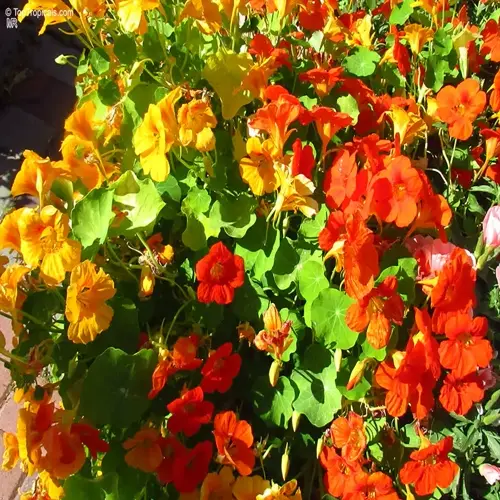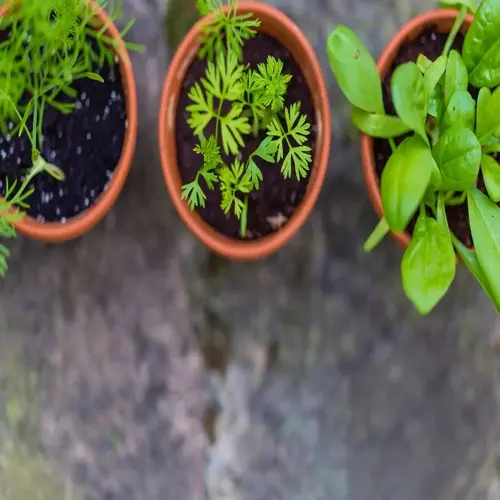Which fruit tree combinations are compatible for grafting?

Written by
Paul Reynolds
Reviewed by
Prof. Charles Hartman, Ph.D.When addressing the grafting of compatible fruit trees, it is necessary to get a "genetic match." For example, stone fruits such as peaches and plums graft readily onto one another because they are in the same genetic family, Prunus. Apples and pears are in the groups of Malus and Pyrus, respectively, and are compatible. Different citrus fruits require special trifoliate rootstocks.
Understanding the plant taxonomy will save mistakes that may prove costly. The varying species, for instance, the apple and the peach, are incompatible at the cellular level. I know by experience, having lost months of labor on grafts which turned out to be what might be termed incompatible. Therefore, before cutting the scions, we should always ascertain the relationship of the genera.
Prunus Genus Combinations
- Peaches graft reliably onto plum rootstock
- Apricots accept cherry scions with proper cambium alignment
- Plum rootstock supports all stone fruit varieties equally
Malus/Pyrus Family Pairings
- Crabapple rootstock enhances disease resistance in domestic apples
- Asian pears thrive on Bartlett pear root systems
- Quince rootstock dwarfs compatible pear varieties effectively
Citrus Hybridization Rules
- Lemon scions prosper on sour orange rootstock
- Meyer lemon accepts lime grafts with 90% success rate
- Grapefruit requires trifoliate orange base for cold tolerance
Resistance to disease occurs in compatible grafts. For example, a grafted apple tree received resistance to fire blight from its crabapple rootstock. Moreover, the firebight resistance was not just for its scion, but for all the scions grafted on that tree. When selecting rootstocks for planting, consider their natural disease resistance and strong response to disease strains, which can lead to improved orchard health.
#Sap compatibility# is essential to long-term success. Incompatibility in flow rates ultimately leads to swelling at graft unions. In my earliest experiments, I endeavored to graft a cherry onto an apple. Still, my grafts failed due to incompatibility in flow rate. Ensure that you carefully measure the branch diameters before attempting to join branches of different species.
Begin with basic combos like plum and apricot. These forgiving pairs will help teach cambium matching principles. Be sure to keep a detailed record of each graft. My grafting journal allowed me to recognize patterns across twenty different grafts.
Read the full article: Mastering Grafting Fruit Trees: A Complete Guide

